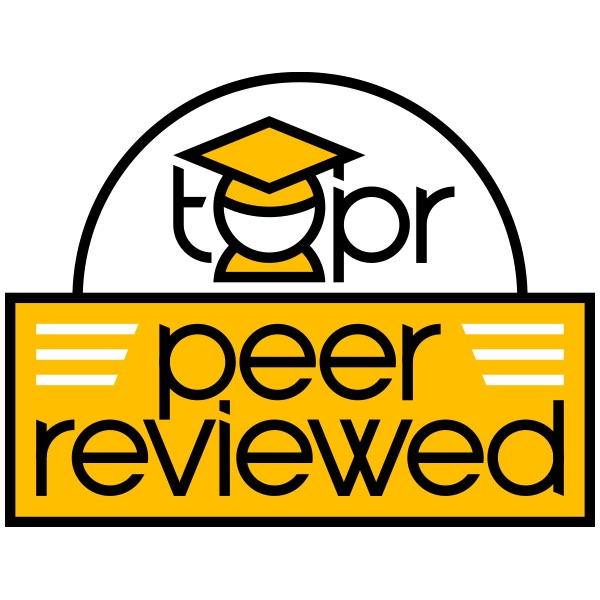
Engagement, as defined by Hodges (2018) is “a measurement of how involved, enthusiastic and committed one is” (para. 3). As a literacy education professor, experience has shown that students understand, retain, and apply content more fully when they are engaged. As such, increasing student engagement is at the forefront of my content delivery; the question then becomes one of how to accomplish such a feat which leads to the adoption of Abdulla’s (2020) stance, i.e., increase engagement by provoking conversations and challenging students. Embracing this viewpoint, interactive presentations, as a methodological strategy, can play an important role in promoting engagement.
Strategy Implementation
Key goals for any presentation I share with students center on understanding, retention, and application. As a professor in an online program, I am challenged to incorporate meaningful platforms for students to interact with. Initially, I converted my PowerPoint presentations to Google Slides which did, at least in theory, provide more opportunity for engagement (Google Slides is cloud-based with the possibility of real-time interactivity). However, I failed to use Google Slides in an interactive manner, resulting in less student engagement than I wanted. So, with a desire to move students beyond the receptive role of viewing, I discovered Genially, a tool for creating interactive, animated content. On the plus side, students rate Genially positively, citing the interactivity capabilities via live links and pop-up windows and built-in closed-ended formative assessments to help them gauge their learning as key reasons. Beyond this, I have witnessed a higher degree of engagement with content presented in this manner which has, based on anecdotal data, contributed to increased student performance.
Although, in complete transparency, creating a Genially presentation has a bit of a learning curve it is worth it. Before transitioning to Genially as a course-based platform, I first created a conference presentation (Artifact 1) and sought input from the audience about the tool itself. Armed with successful implementation and positive feedback, I began developing interactive content presentations for my online classes with the following guidelines in mind:
- Focus on content delivery (don’t get lost in the technology aspect)
- Integrate interactive components (clickable buttons, animations, pop-up windows, etc.)
- Encourage content participation (e.g., respond to live polls and questions based on videos, i.e., EdPuzzle)
- Assess engagement (include simple quizzes on content)
The example artifacts shared below showcase the first Genially I created for the conference referenced and a presentation from a graduate-level course (delivered solely online) in literacy education. It should be noted that in the live version (see link below) of the first artifact each component in the header is clickable as well as the social media and information buttons and course star links. Likewise, pins on the Mapping a Strategy in artifact 2 are clickable along with the plus signs on the Check Your Knowledge part. Additionally, there are various animations, especially on Artifact 2, to further support engagement.
Sample Artifact 1: Conference Presentation
Sample Artifact 2: Literacy Education Course Presentation
Genially Direct Link: https://genial.ly/
Genially Tutorial: https://genial.ly/first-steps/
Artifact 1 Direct Link: https://view.genial.ly/650b44c886f81a0010452740/interactive-content-innovation-and-disruption
Artifact 2 Direct Link: https://view.genial.ly/652713b83e3c50001186cff0/interactive-content-reading-intervention-what-is-it-and-how-to-do-it
It should also be noted that Genially, as an interactive presentation platform, can easily be incorporated into any course, regardless of discipline. For example, one may use it to deliver content (much like I did in Artifact 2), gamify instruction, or liquify the syllabus. Additionally, there is also a kit for university professors which includes templates for creating a data dashboard, case study, concept map, faculty (teaching) guide and 5-whys.
Scholarly Reference(s)
- Abdulla, R. (2020, December 1). Strategies to increase student engagement in higher education. D2L. https://www.d2l.com/blog/top-5-activities-increase-student-engagement/
- Hodges, T. (2018, October 25). School engagement is more than just talk. Gallup Education. https://www.gallup.com/education/244022/school-engagement-talk.aspx
Citation
Comer, M. (2024). We’re Not in Kansas Anymore: Using Interactive Presentations to Promote Engagement. In deNoyelles, A., Bauer, S., & Wyatt, S. (Eds.), Teaching Online Pedagogical Repository. Orlando, FL: University of Central Florida Center for Distributed Learning.